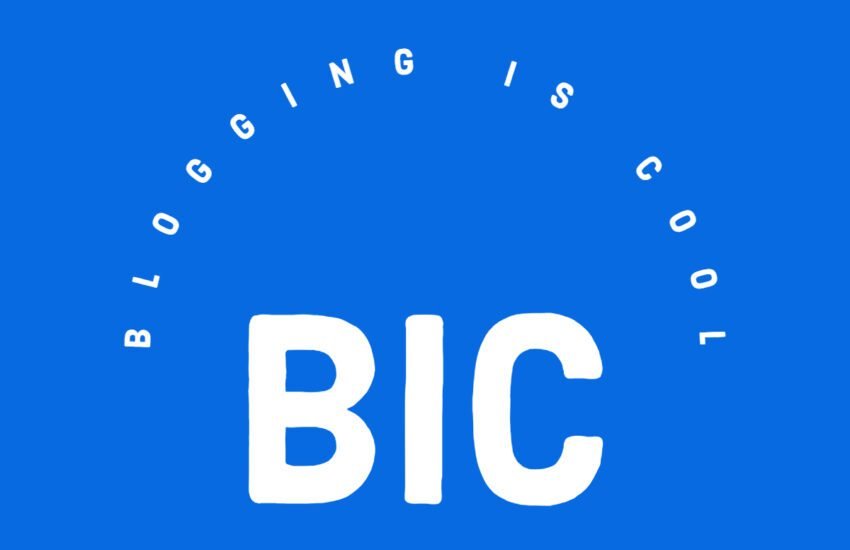Why you should do more Internal Linking on Your Blog
What is Internal Linking?
Internal linking refers to the practice of linking one page of a website to another page within the same domain. These links are typically found in the form of anchor text, which is a clickable word or phrase that directs users to another relevant page on the website.
Internal linking is when you connect different pages or posts within your own website. It’s like creating pathways that help visitors move around your site easily. When you include links in your content that lead to other parts of your website, it’s called internal linking.
These links can be in the form of text, buttons, or images. Internal linking helps users discover more of your content and improves the organization of your website. It’s a way to keep people engaged and help them find what they’re looking for without leaving your site.
For example, if you have a blog post discussing the benefits of exercise, you can include internal links to other related articles, such as “10 Healthy Recipes for a Balanced Diet” or “The Importance of Stretching Before a Workout.” These links provide additional value to your readers by offering them more information on related topics.
Internal linking is an essential aspect of website optimization that often goes overlooked. Many website owners focus on external linking, which is undoubtedly important for SEO and driving traffic to their site. However, internal linking plays a crucial role in keeping visitors engaged and reducing bounce rates.
The Benefits of Internal Linking
1. Improved User Experience
Internal links enable visitors to navigate your website more easily.
By providing relevant and useful links, you can guide them to other pages that offer additional information or related content. This enhances the overall user experience and encourages visitors to stay on your site for longer periods.
2. Increased Pageviews
When visitors click on internal links, they are directed to other pages on your website.
This leads to an increase in pageviews, as users explore different sections and articles. The longer visitors stay on your site and the more pages they visit, the higher the chances of converting them into loyal readers or customers.
3. Reduced Bounce Rates
Bounce rate refers to the percentage of visitors who leave your website after viewing only one page.
By strategically placing internal links throughout your content, you can entice visitors to explore more of your site.
This reduces bounce rates and indicates to search engines that your website provides valuable and engaging content.
4. Enhanced SEO
Internal linking is not only beneficial for user experience but also for search engine optimization.
When search engine crawlers discover internal links, they follow them to index and understand the structure of your website.
This helps search engines determine the relevance and importance of your pages, ultimately improving your website’s visibility in search results.
Best Practices for Internal Linking
1. Use Relevant Anchor Text
When creating internal links, it’s important to use descriptive and relevant anchor text.
Avoid generic phrases like “click here” or “read more” and instead use specific keywords or phrases that accurately describe the destination page.
2. Link to Relevant Pages
Ensure that the pages you link to are directly related to the content of the current page.
This provides visitors with valuable information and keeps them engaged. Linking to irrelevant pages may confuse or frustrate users, leading to higher bounce rates.
3. Avoid Excessive Internal Linking
While internal linking is beneficial, it’s important not to overdo it.
Too many internal links within a single page can appear spammy and disrupt the reading experience. Focus on providing a natural flow of information and only include links where they add value.
Conclusion
Internal linking on blogs is super important because it helps readers easily navigate your site and find more of your content. When you link to other posts or pages within your blog, it keeps people engaged and encourages them to explore further.
Plus, it helps search engines understand the structure of your site and which pages are important. This can improve your blog’s overall visibility and search engine rankings. Internal links also help distribute “link juice” throughout your site, which means authority and ranking power gets spread around.
This can benefit newer or less popular pages by giving them a boost from more established ones. So, whenever you write a new blog post, make sure to include links to relevant older posts.
It’s like building a web of connections within your blog that keeps readers interested and helps your site perform better in search results.
So, remember to add one internal link daily as you improve your blog!


